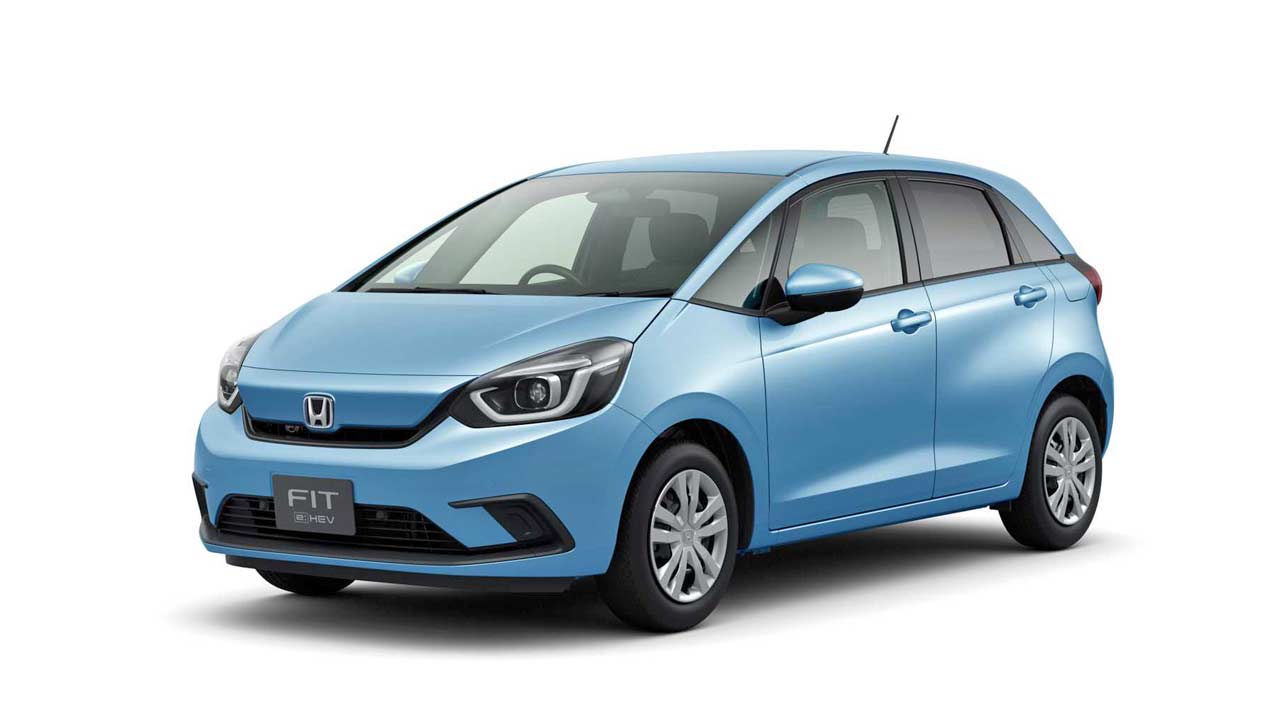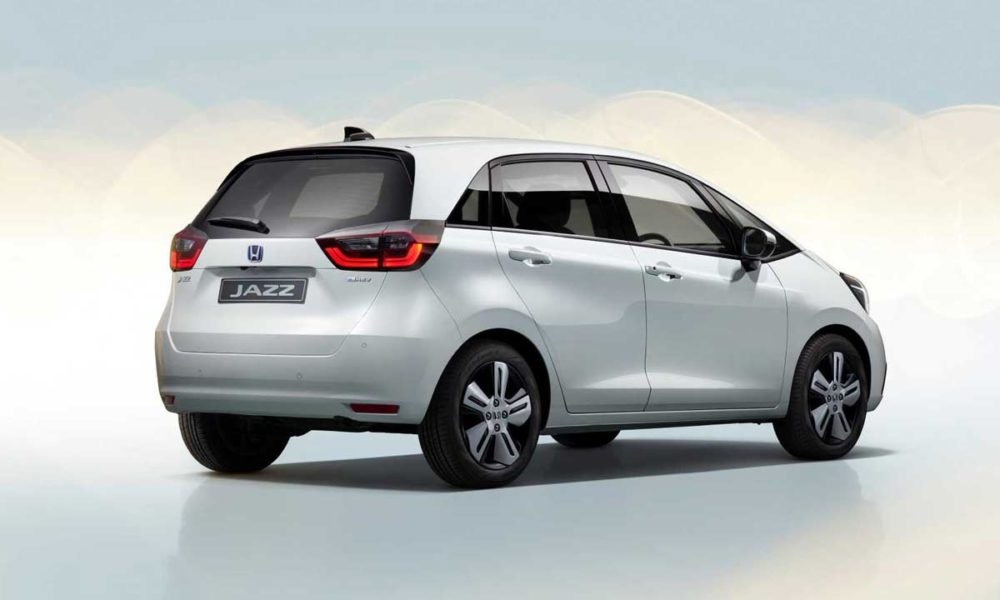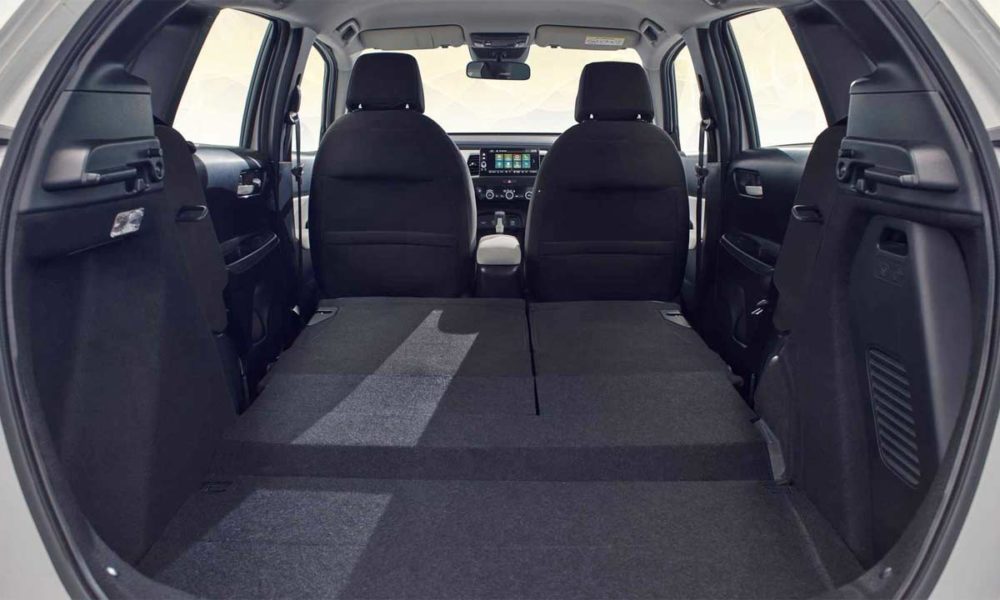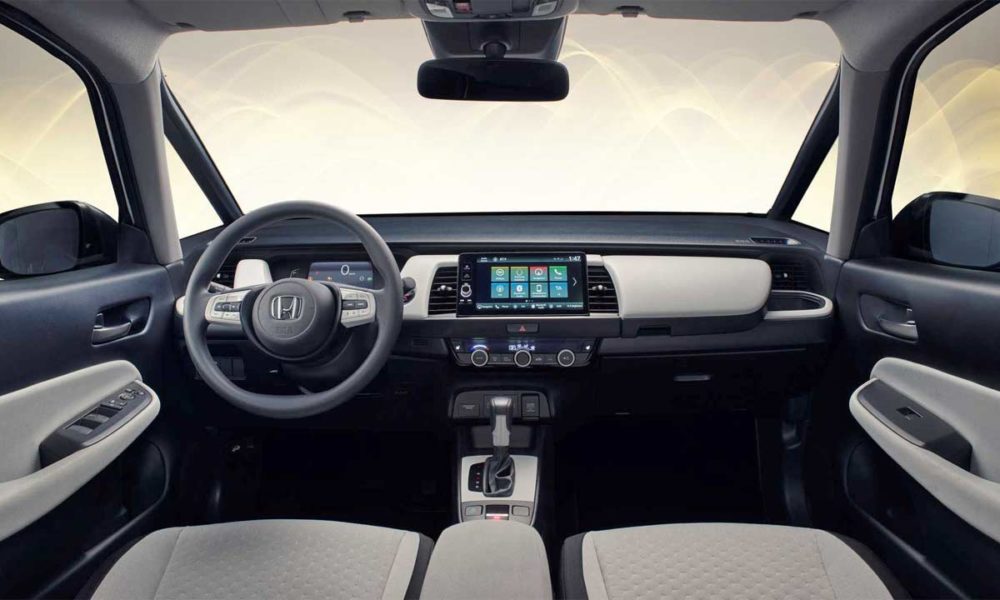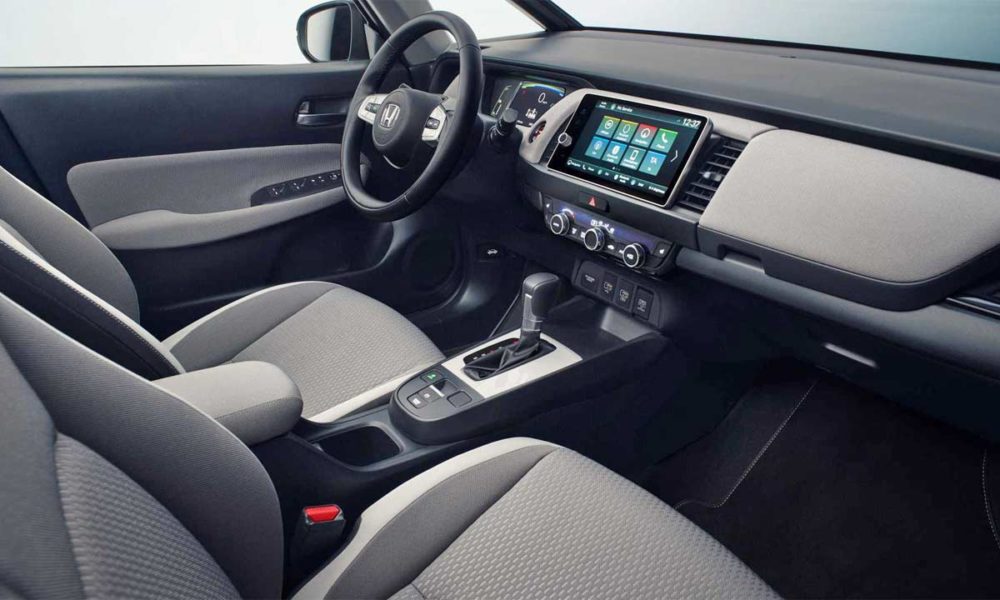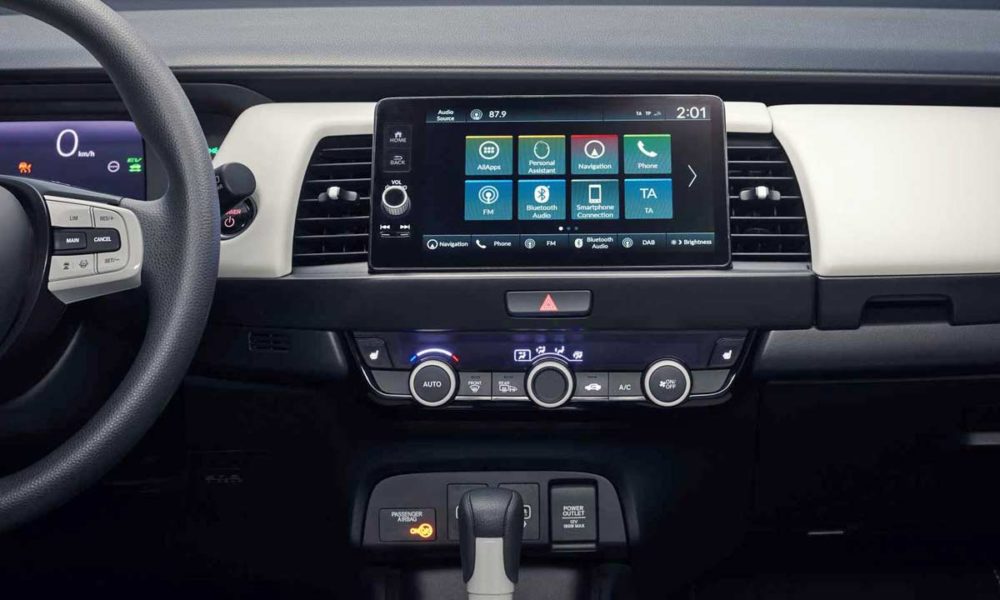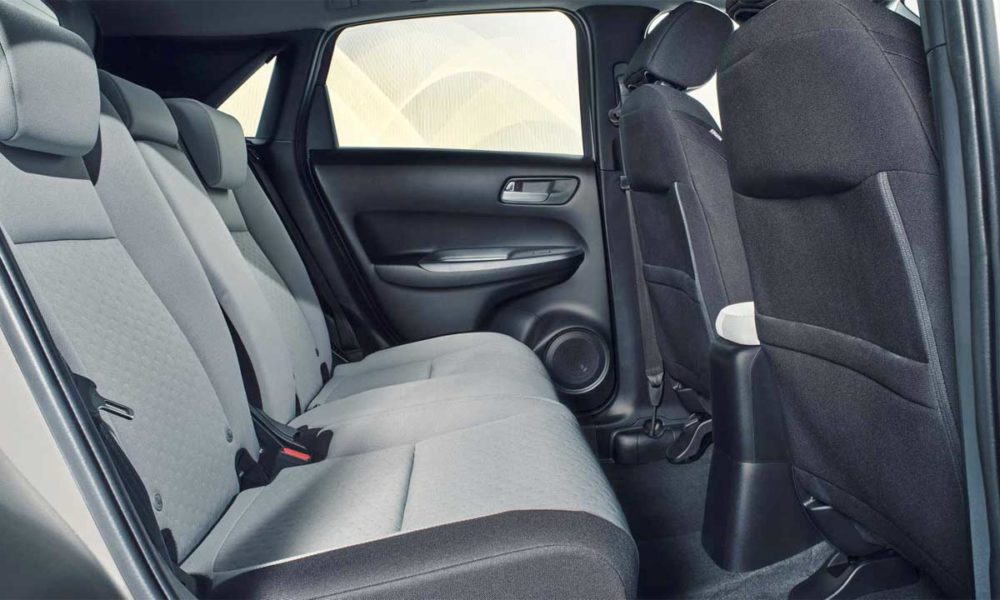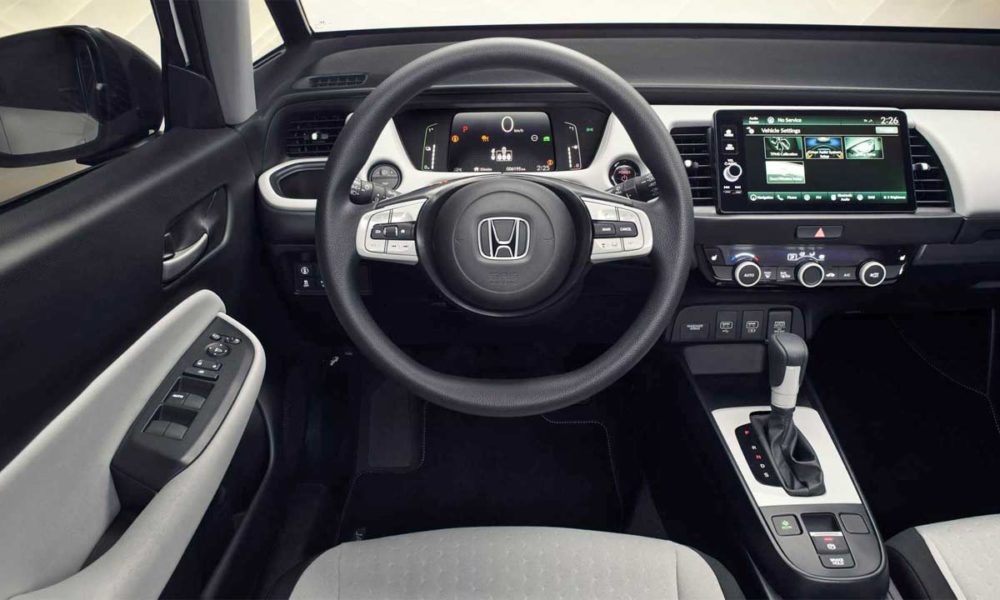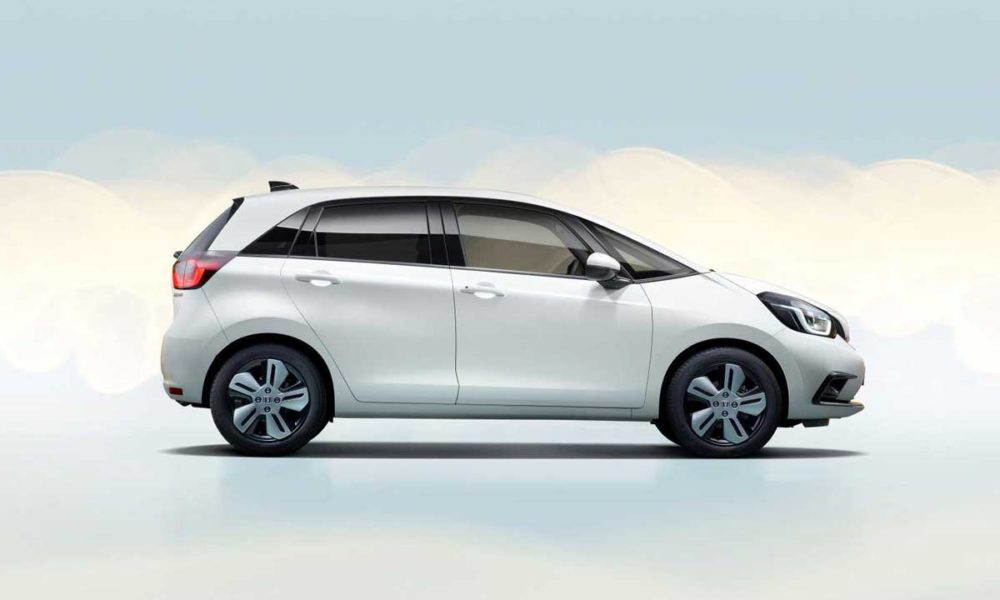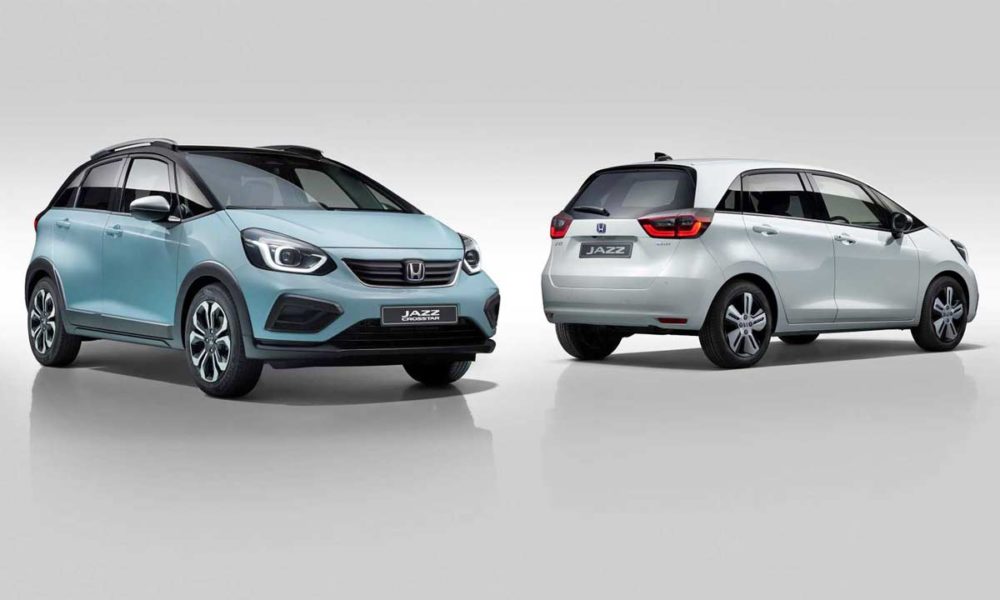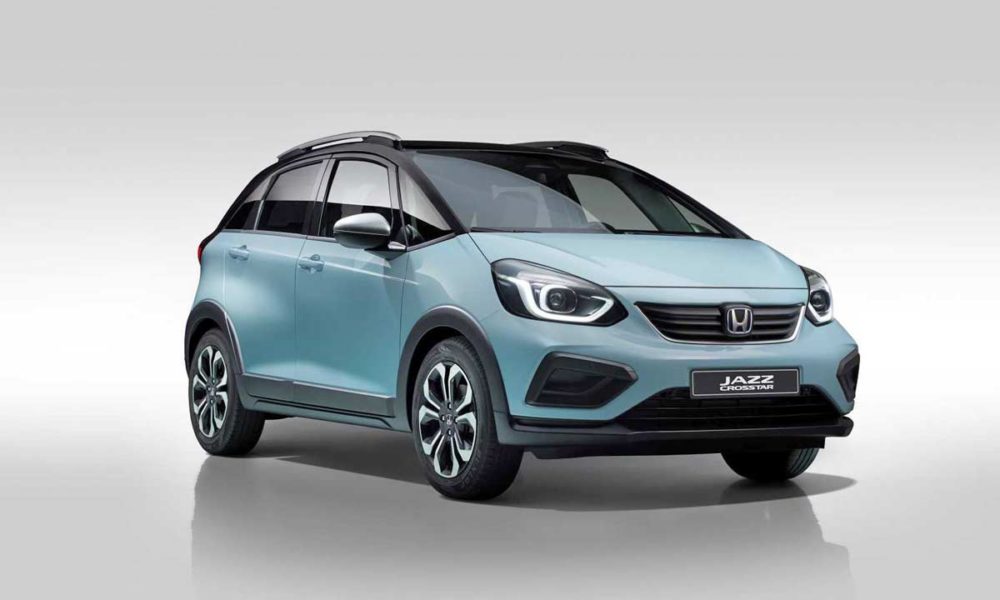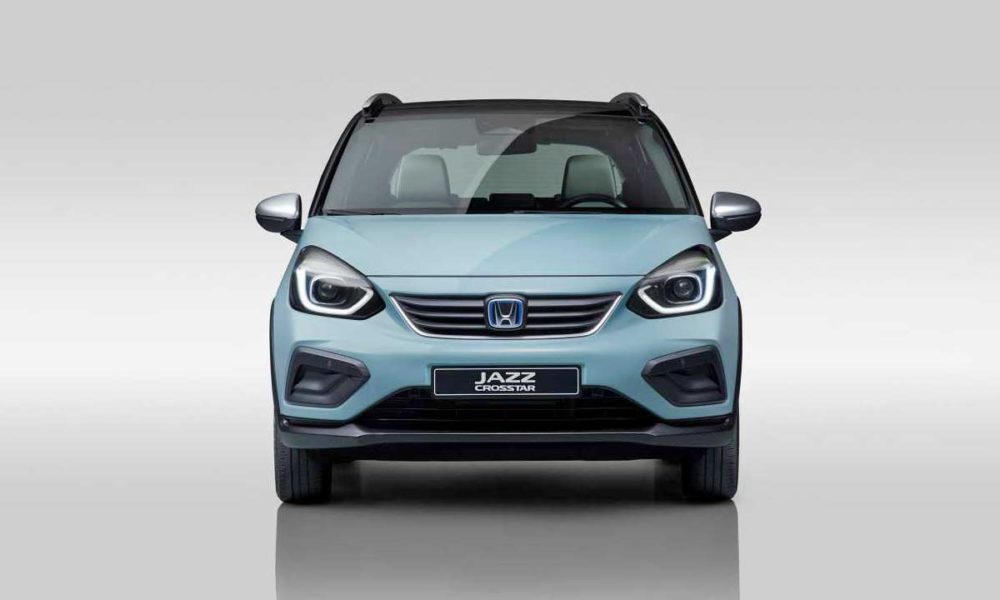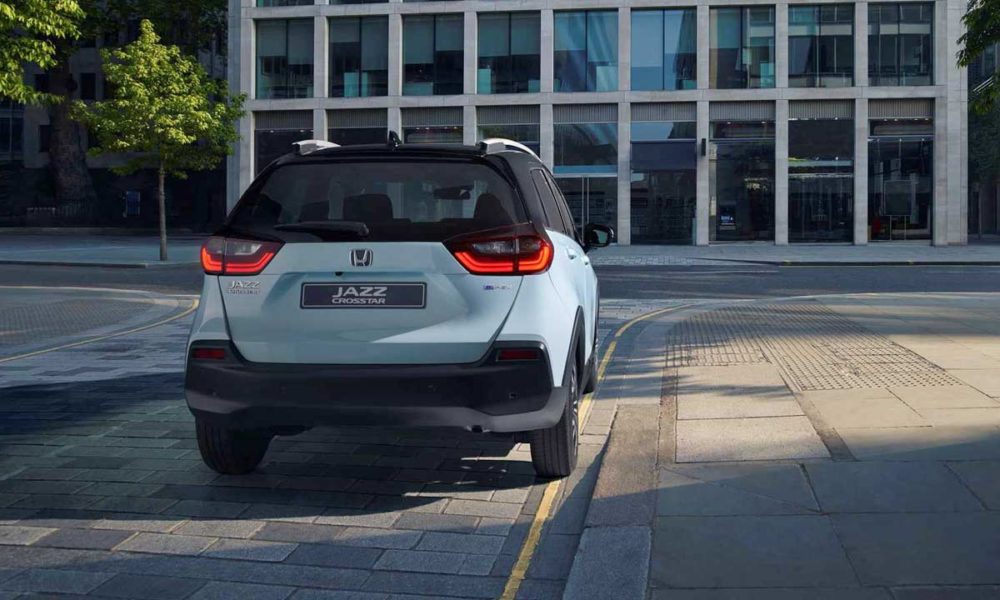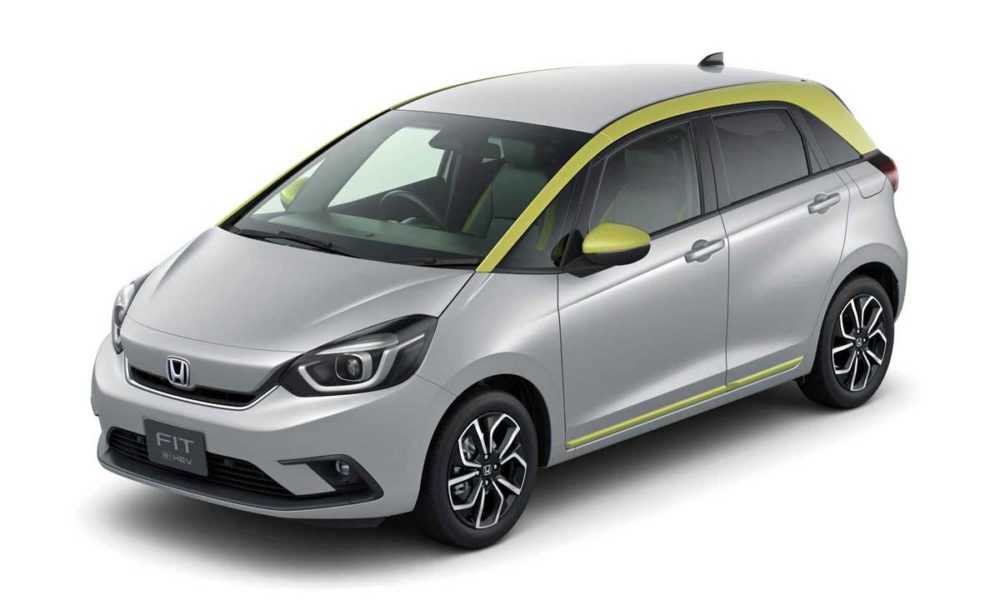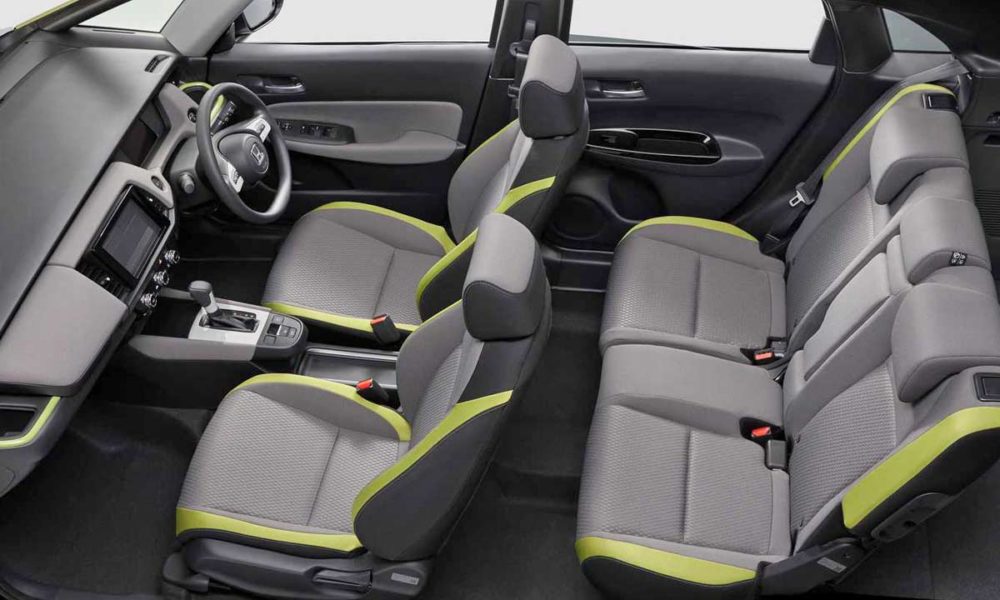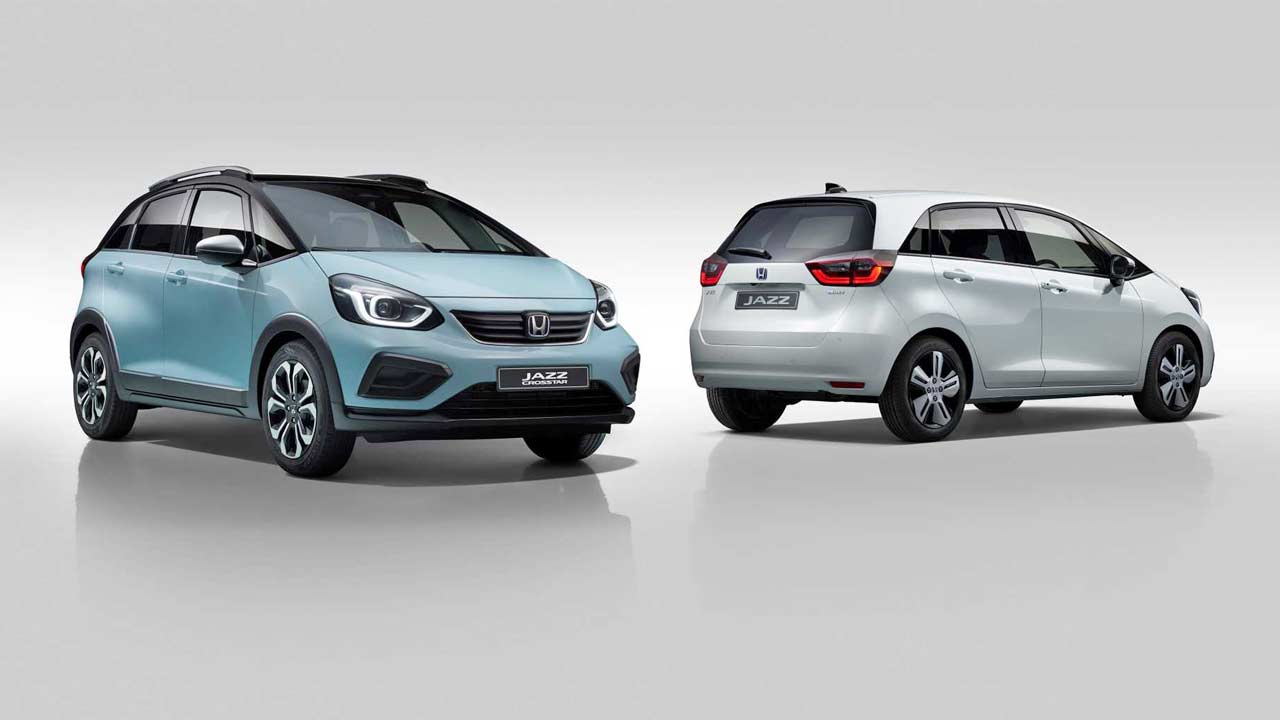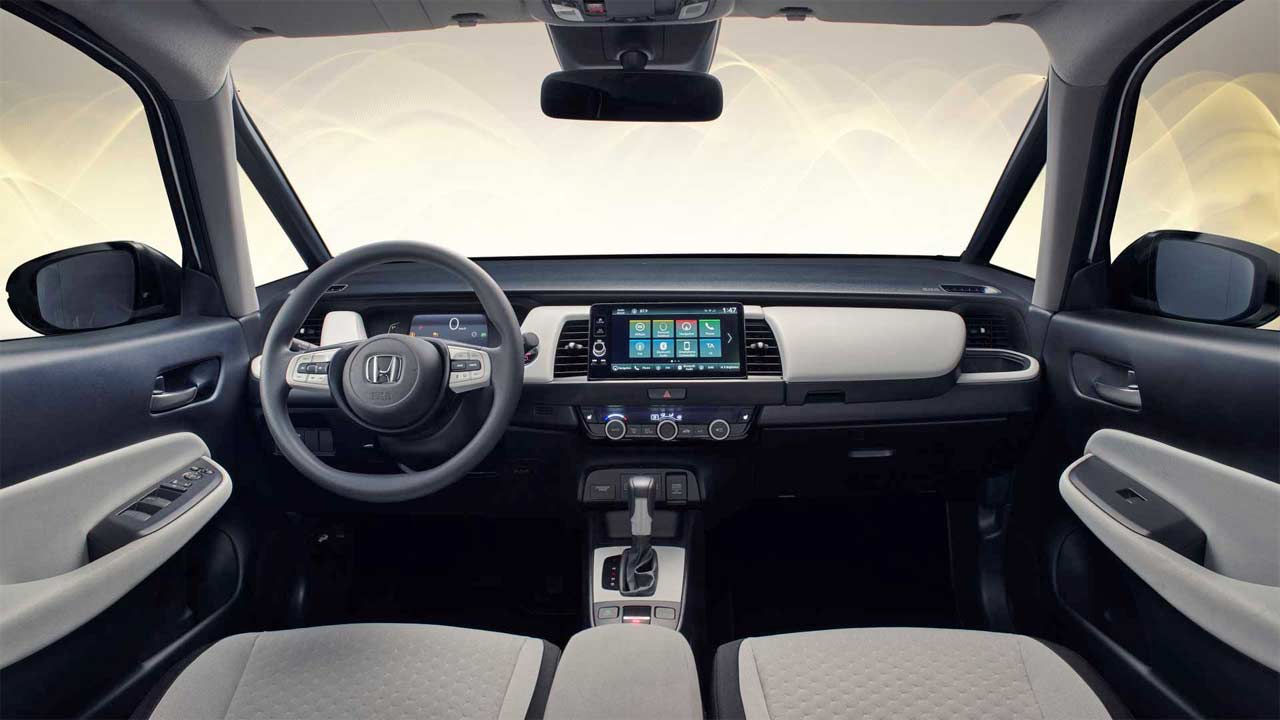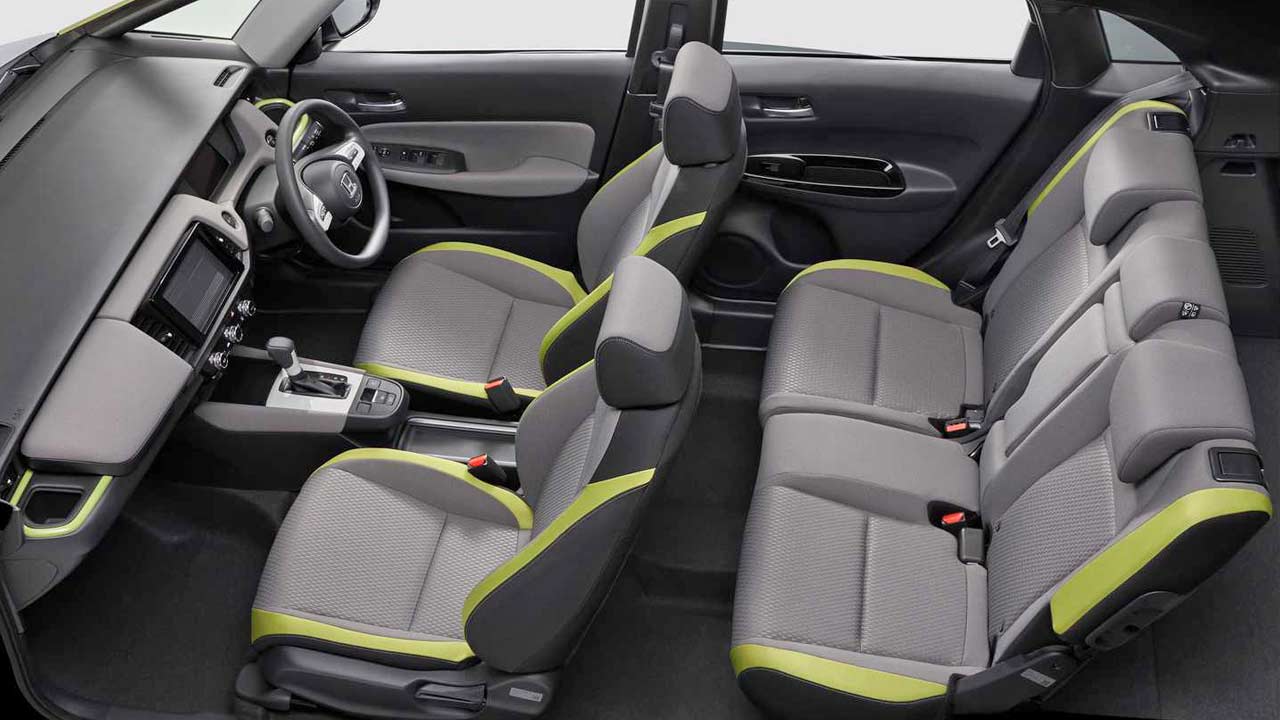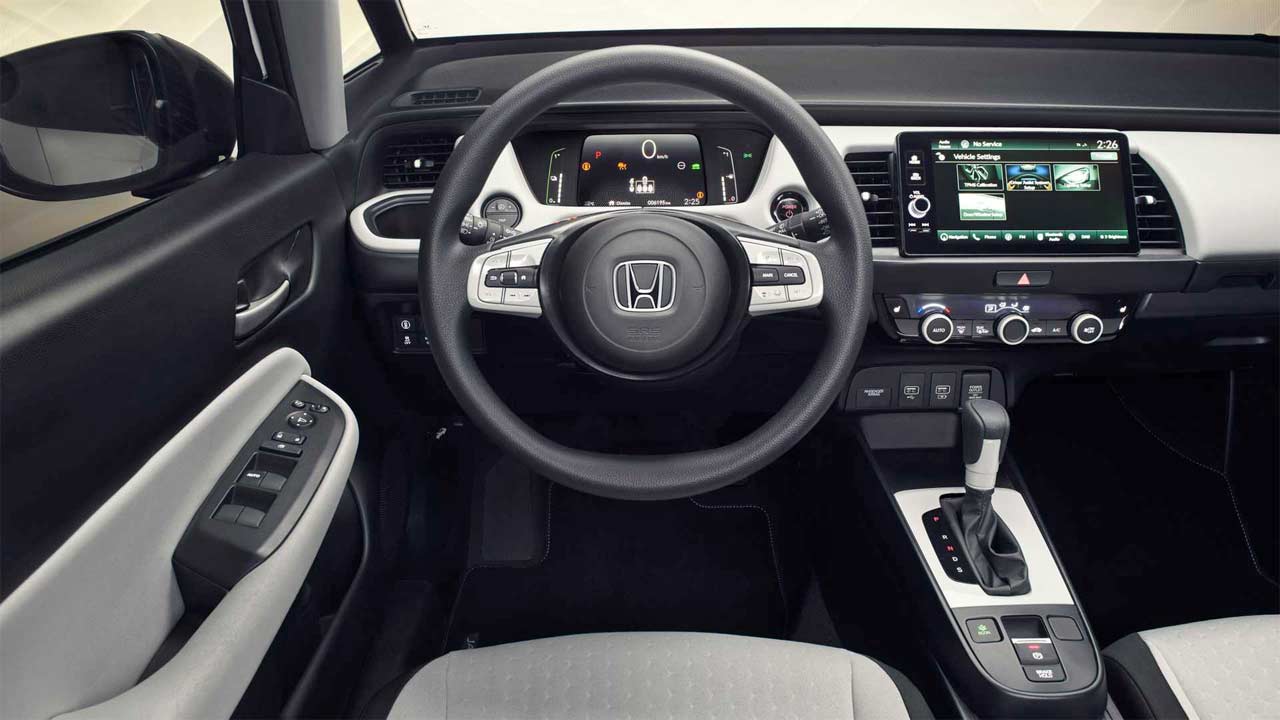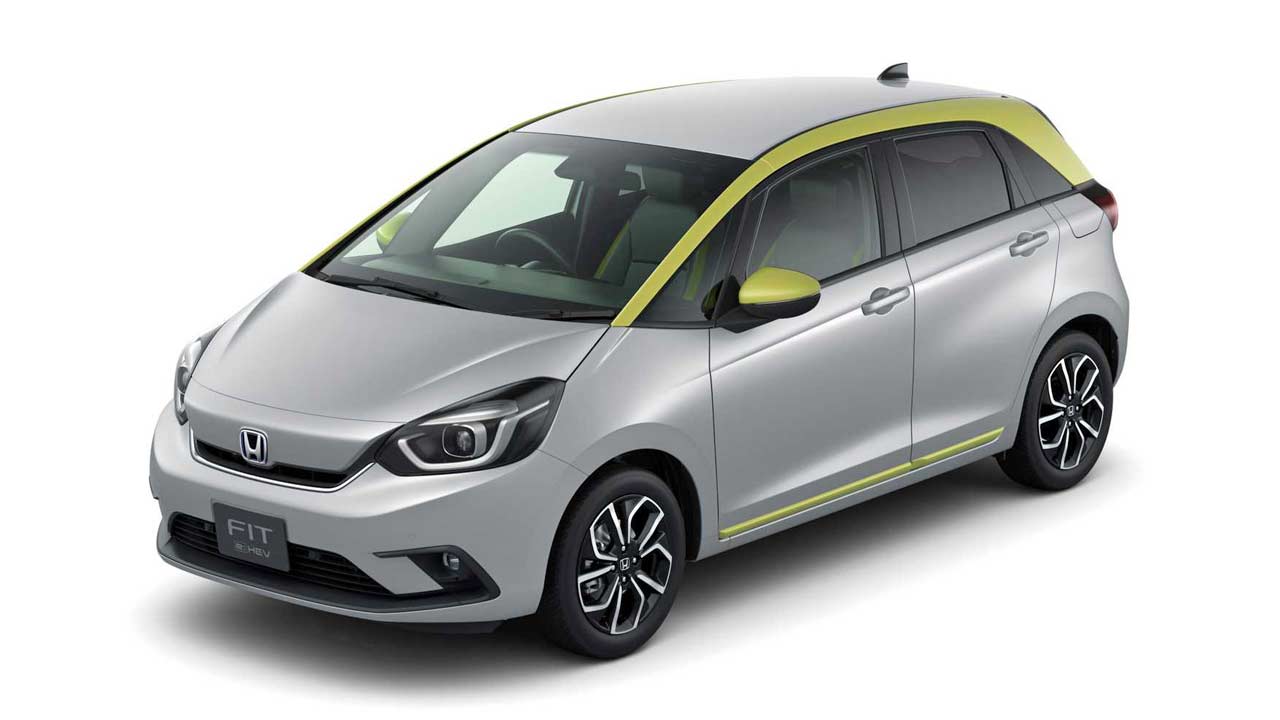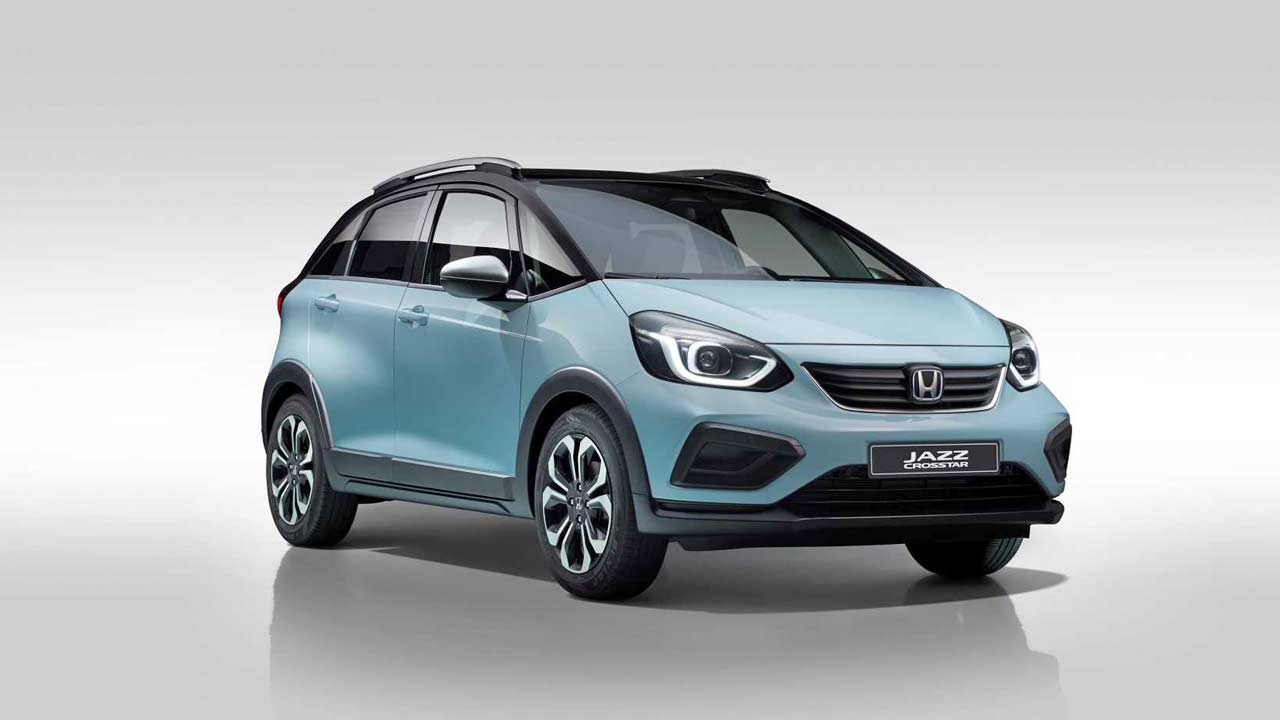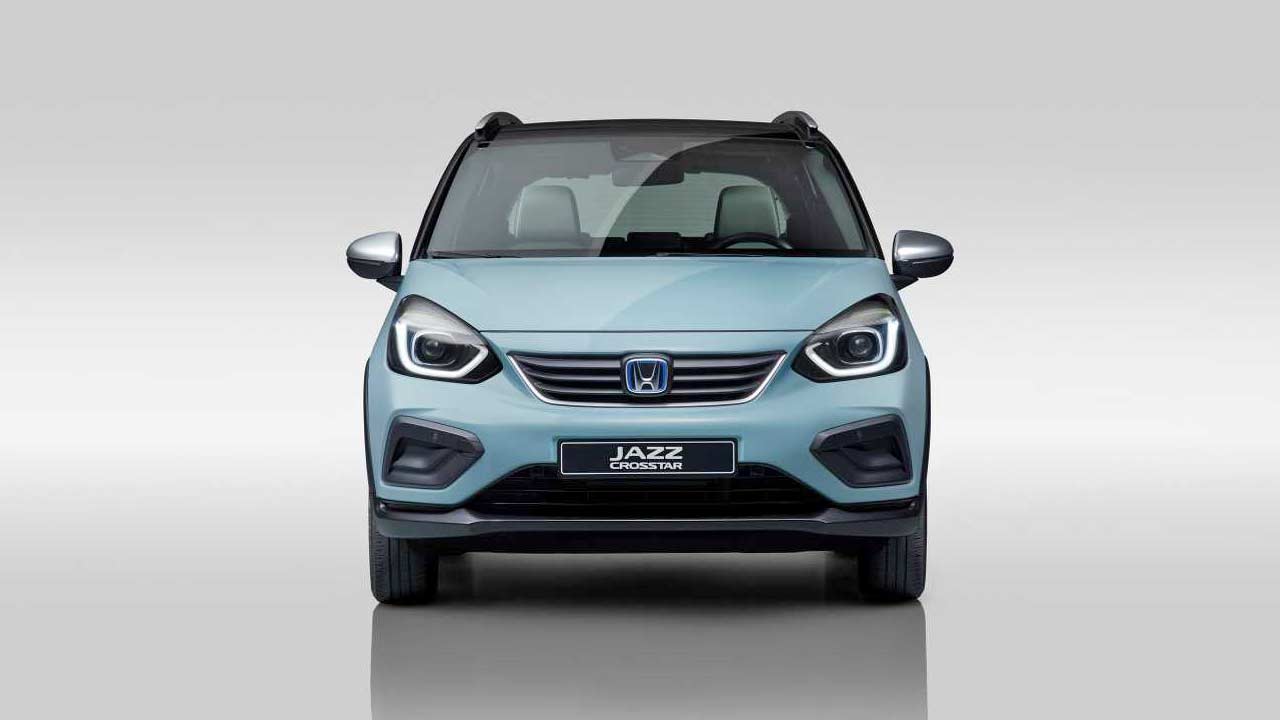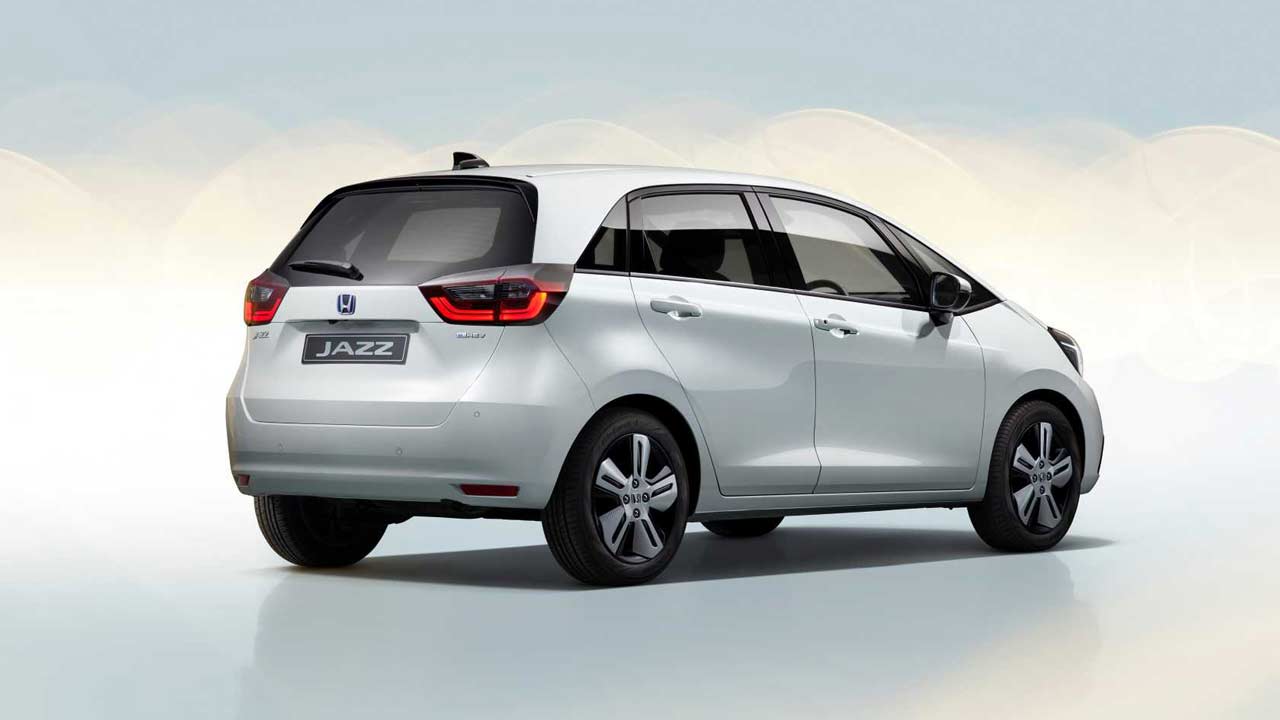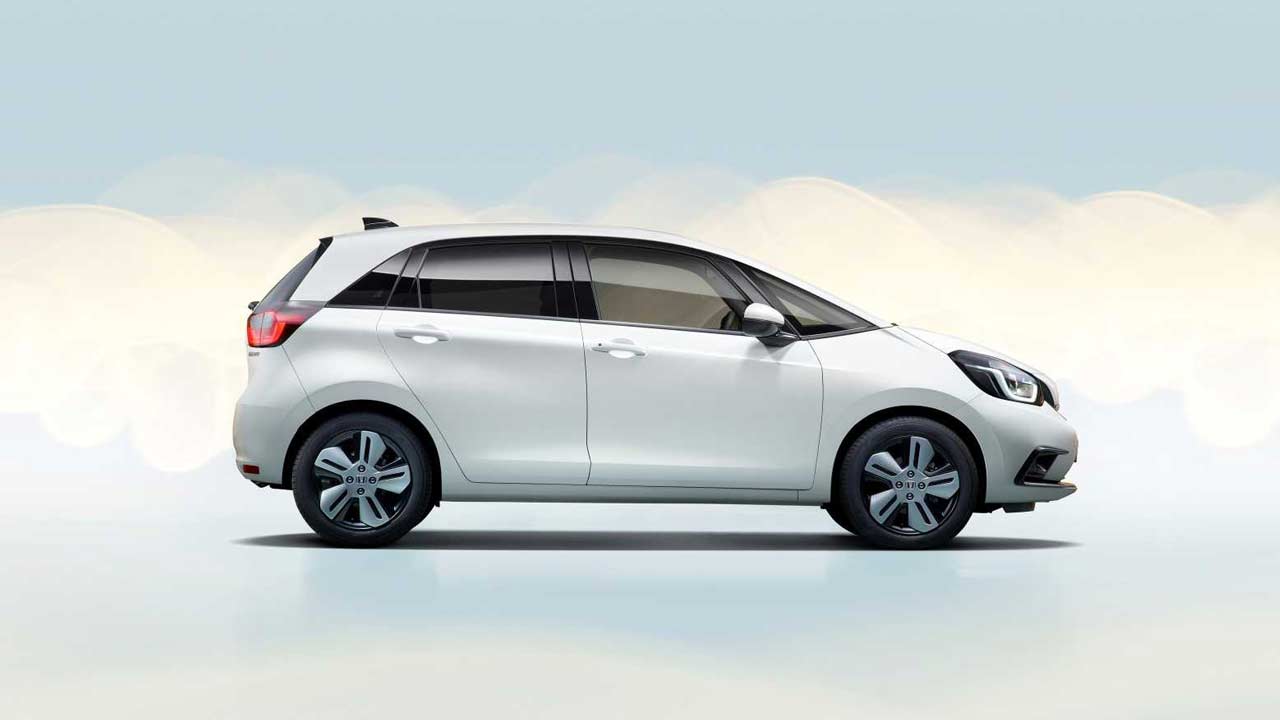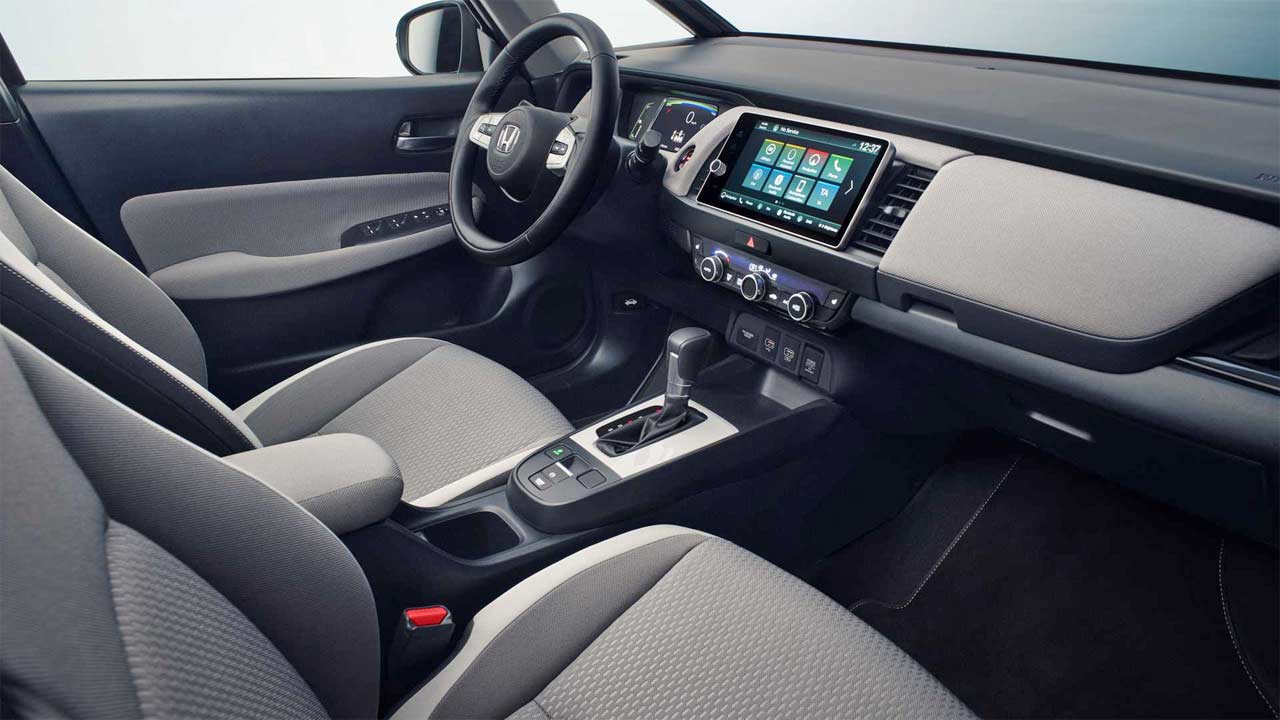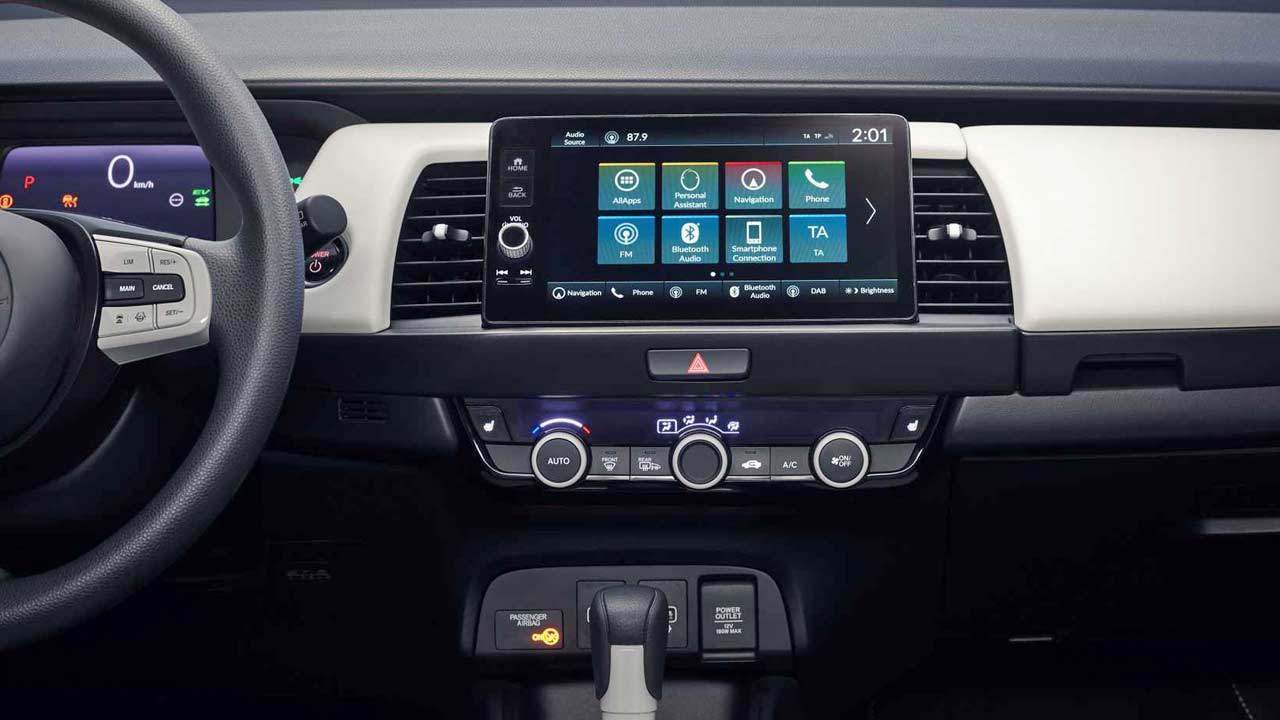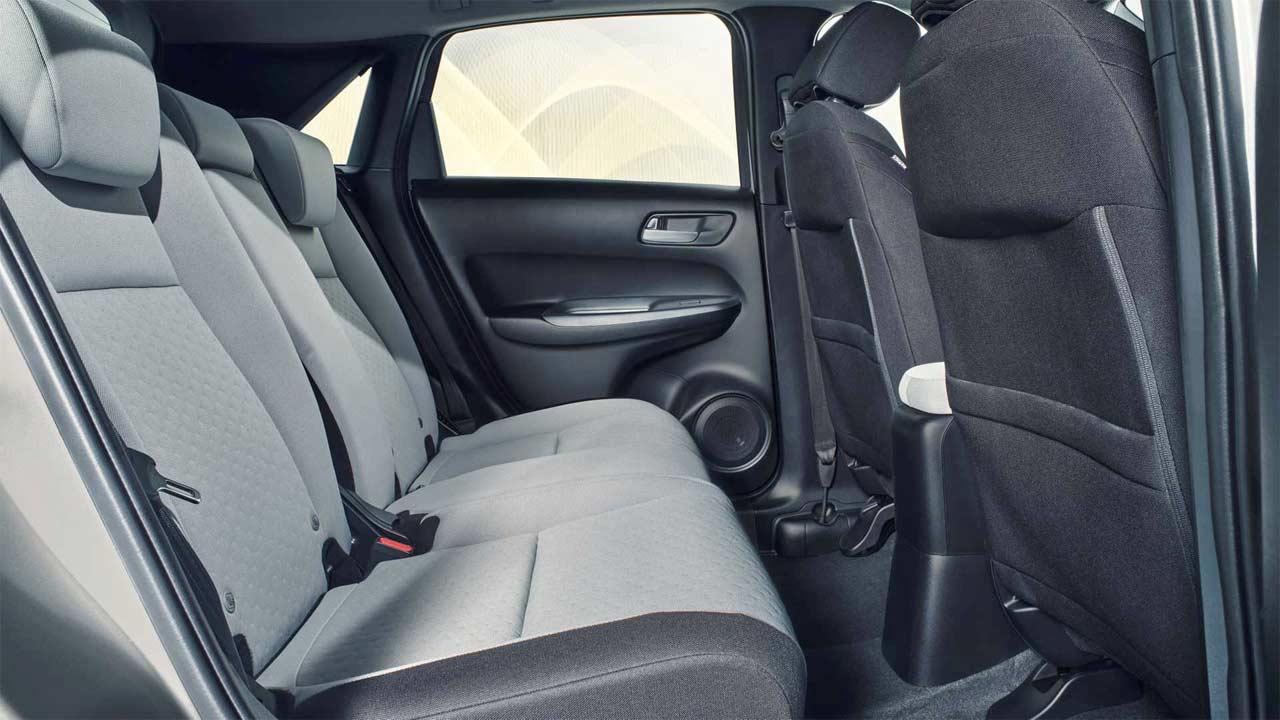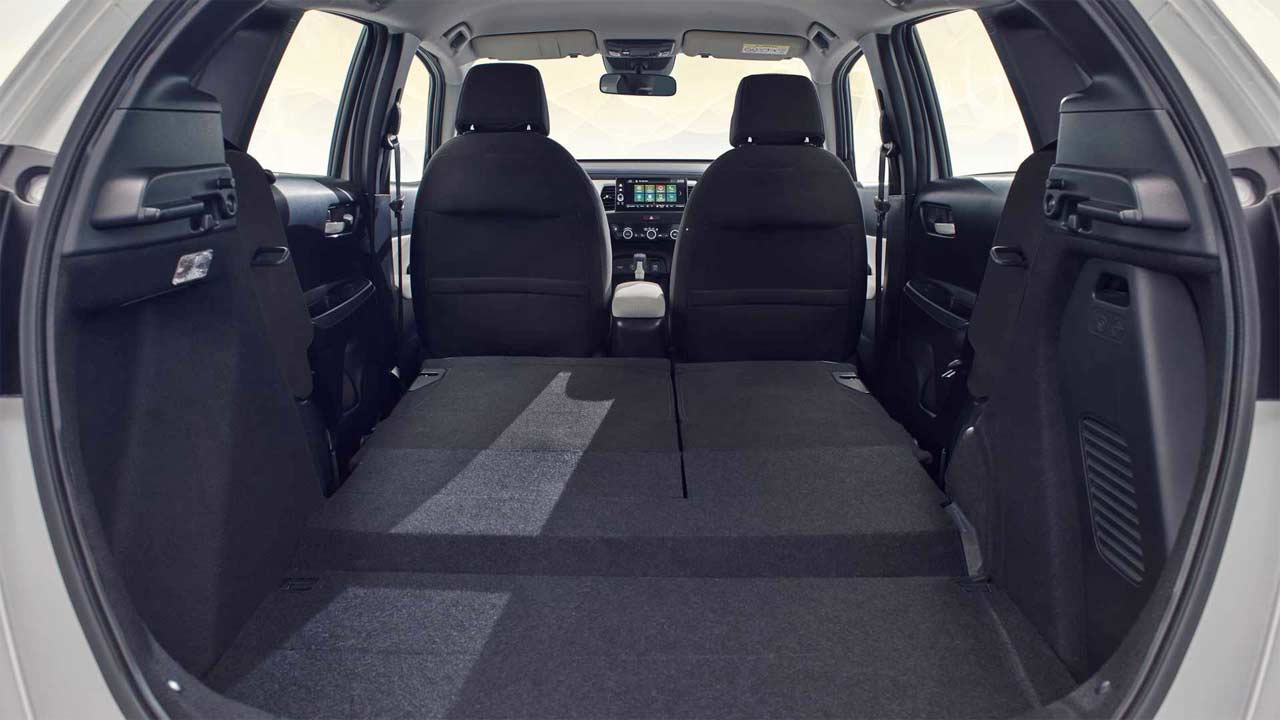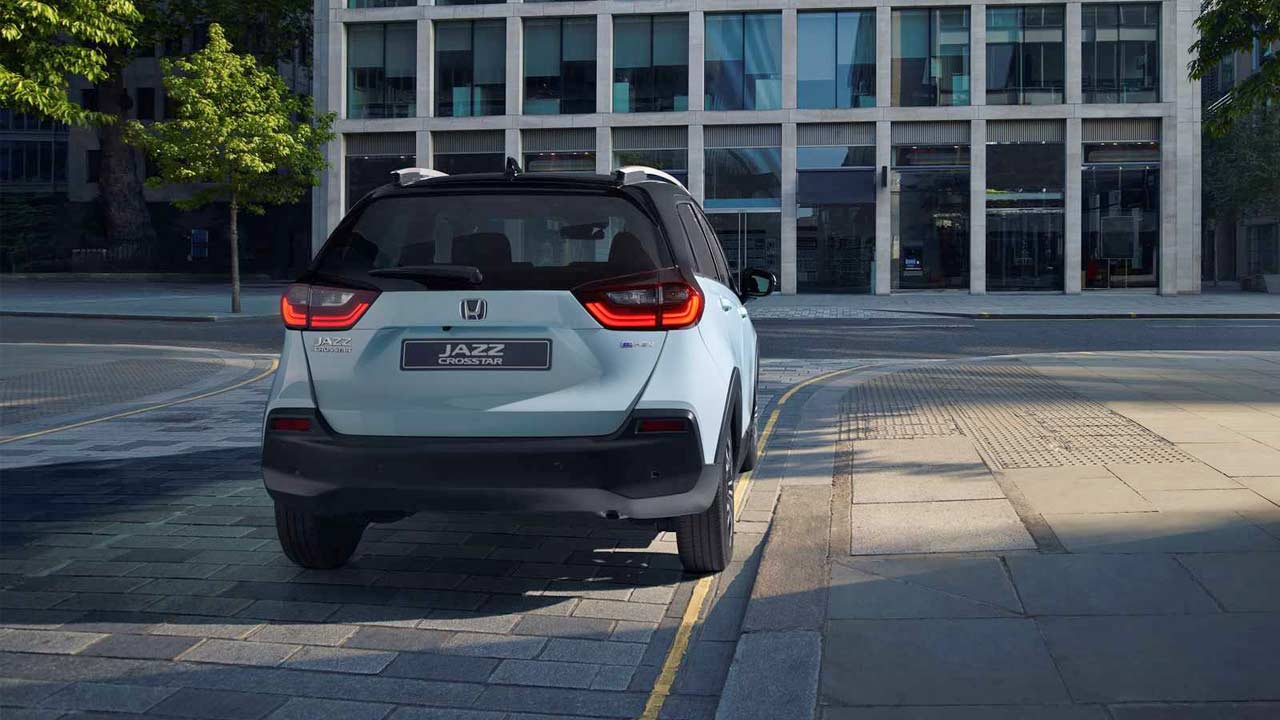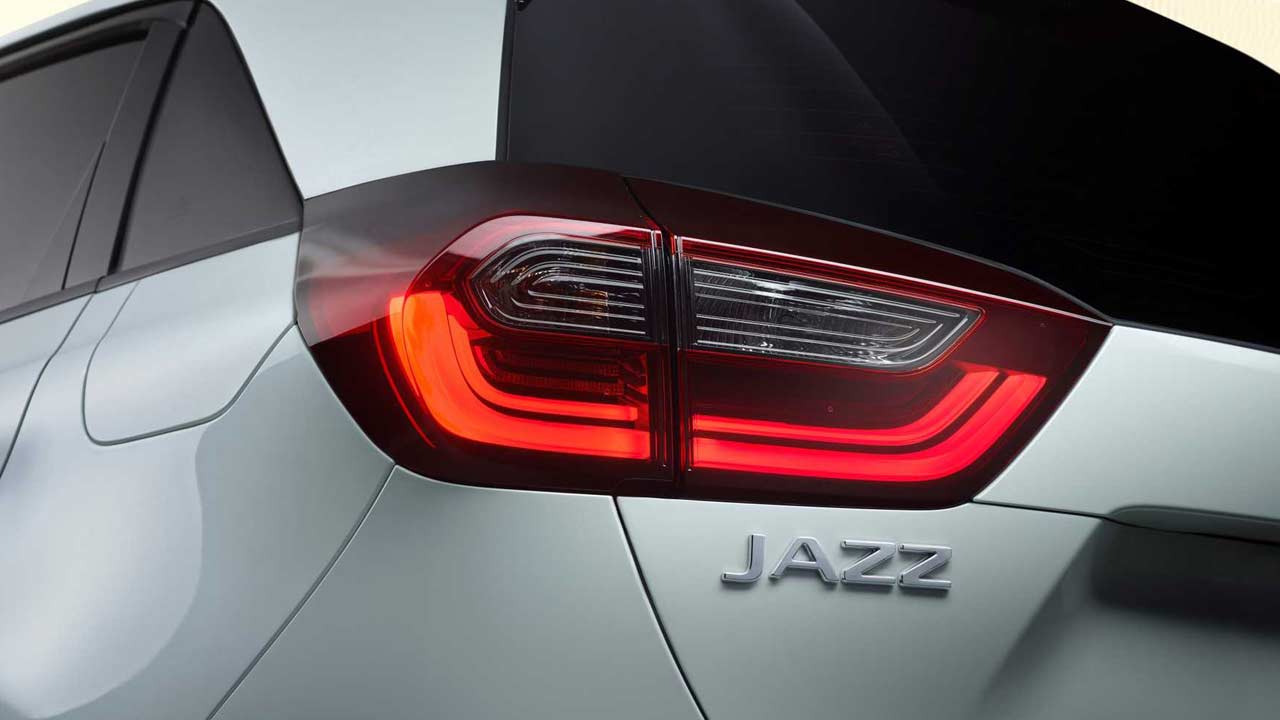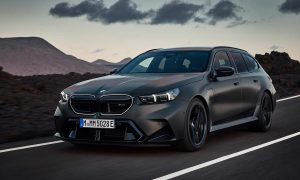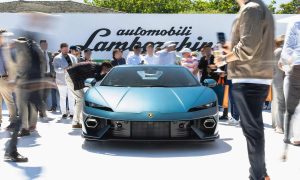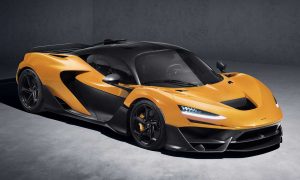The Honda Fit (sold as Jazz outside of Japan) has always been a spacious and practical offering with a respectable number of global sales for nearly two decades. The 4th generation model made its global debut at the 2019 Tokyo Motor Show and is scheduled to go on sale in Japan in February 2020.
Compared to the 3rd generation model, the design, especially the front fascia, looks a bit toned-down and less jazzy, most likely to appeal to a wider range of people. However, the side profile looks interesting with a larger quarter glass at the front, while the rear quarter glass is now in a triangular shape.
There are five different trims on offer – Basic, Home, Ness, Crosstar, and Luxe. The hybrid variants are badged as e:HEV. As you might have guessed, the Crosstar is a “crossover” version of the hatchbacks you’ll find in some markets; examples include Ford Freestyle, VW Cross Polo and Hyundai i20 Active. The Crosstar gets body cladding all around, 16-inch aluminum wheels, and roof rails. The Luxe trim gets platinum-style chrome accents, and 16-inch aluminum wheels as well.
The interiors get a new dashboard with premium looking soft-touch materials. The Home trim gets fabric seats, a genuine leather-wrapped steering wheel, and Prime Smooth soft padding for the dashboard. The Ness and Crosstar trims get water-repellent materials for the seat surfaces, while the Luxe trim gets genuine leather seats as standard.
Honda says that the Fit will be the first Honda model to feature a new-generation body stabilizing front seats that were originally developed for the company’s premium models. Apparently, the planar support structure of the seat stabilizes the body and makes long driving less tiring. The rear seats adopt a larger and thicker seat padding.
The new Fit will feature a Honda Connect on-board communication module. An optional, fee-based Honda Total Care Premium service is also offered, which consists of three services – remote control of certain vehicle functions via smartphone, emergency support service, and security “rush over” service which apparently dispatches a security guard when an abnormal situation occurring to the vehicle is detected.
The new Fit will also get Honda Sensing advanced safety and driver-assistive system (as standard, except Basic trim). It utilizes a front wide-view camera and 8 sonar sensors mounted in the front and back of the vehicle. Features of the system include the short-distance collision mitigation braking system.
Powertrains
As for the business end of the story, the e:HEV models combine a 1.5-litre (1,498 cc) Atkinson cycle 4-cylinder petrol engine and an electric motor. The ICE develops 98 metric hp (72 kW) between 5,500-6,400 rpm and 131 Nm (96 lb-ft) of torque between 4,500-5,000 rpm. The e-motor develops 109 metric hp (80 kW) and 253 Nm (186 lb-ft) of torque; it can rev up to 13,300 rpm. Transmission is an eCVT.
With electric power alone, the Fit e:HEV is claimed to sprint from 0-100 km/h (62 mph) in 9.4 seconds and on to a top speed of 175 km/h (109 mph).
In the Japanese market, a 98 hp 1.3-litre 4-cylinder non-hybrid petrol variant is also available.

Leave a Reply
Note: Comments that are unrelated to the post above get automatically filtered into the trash bin.
